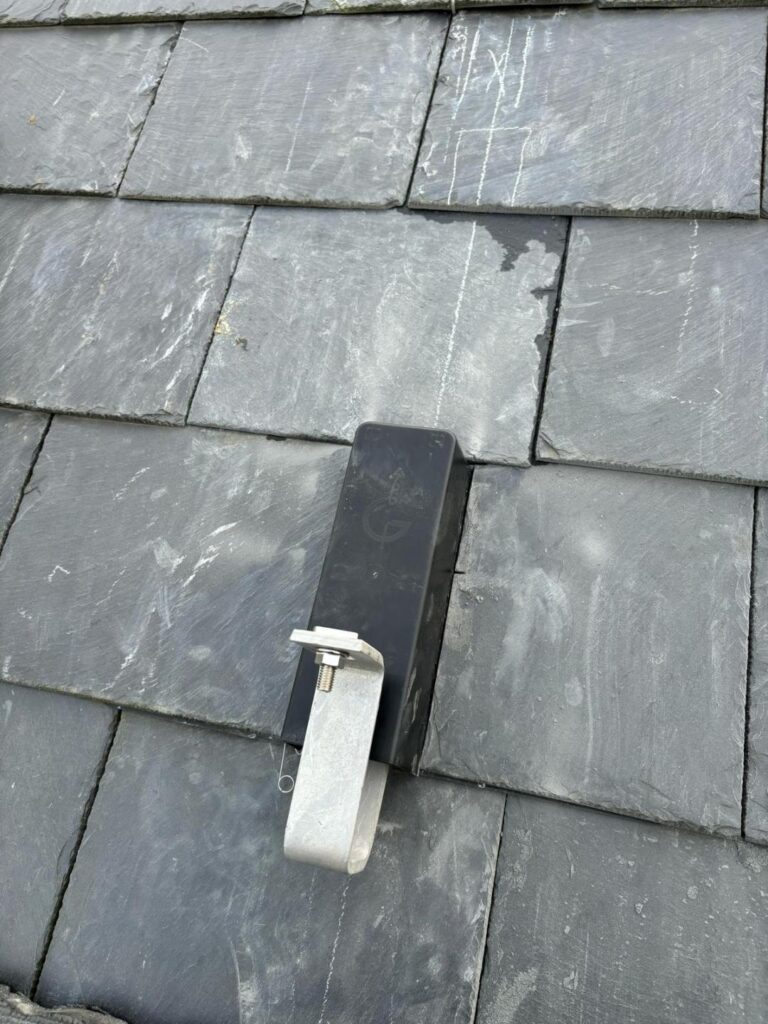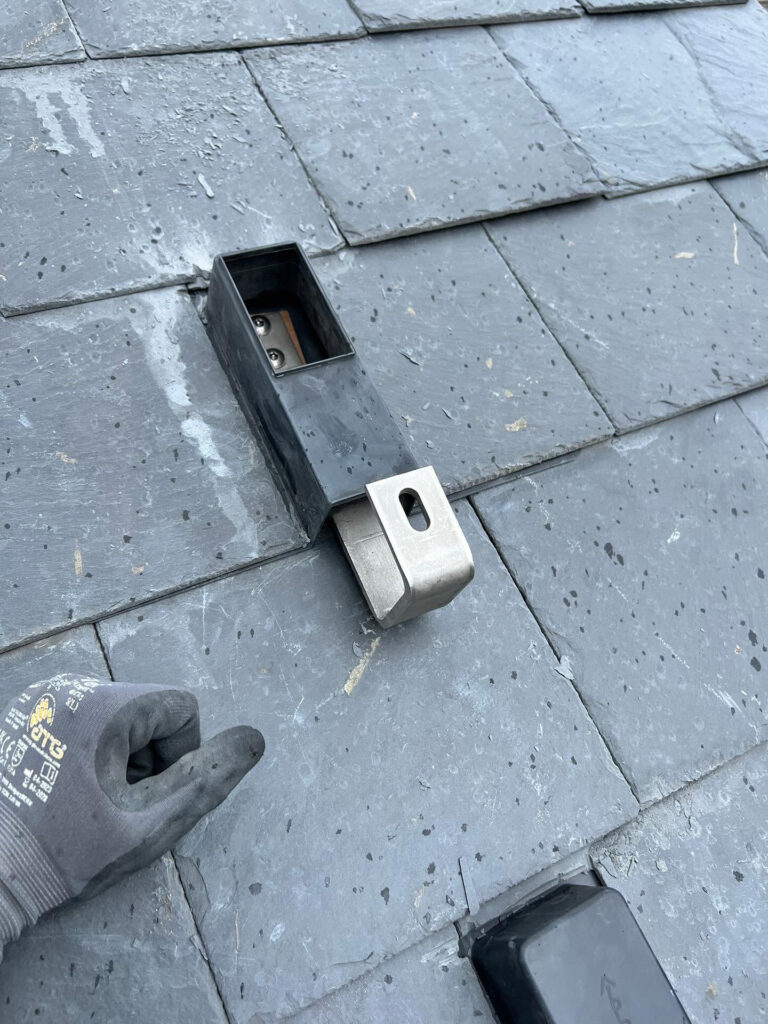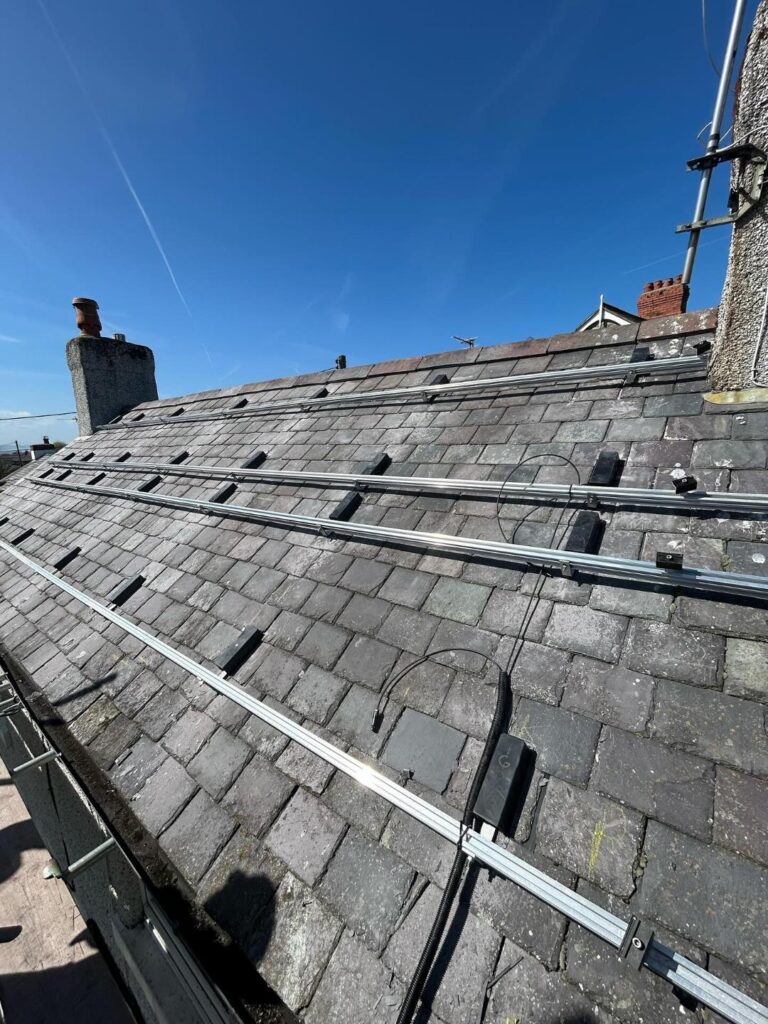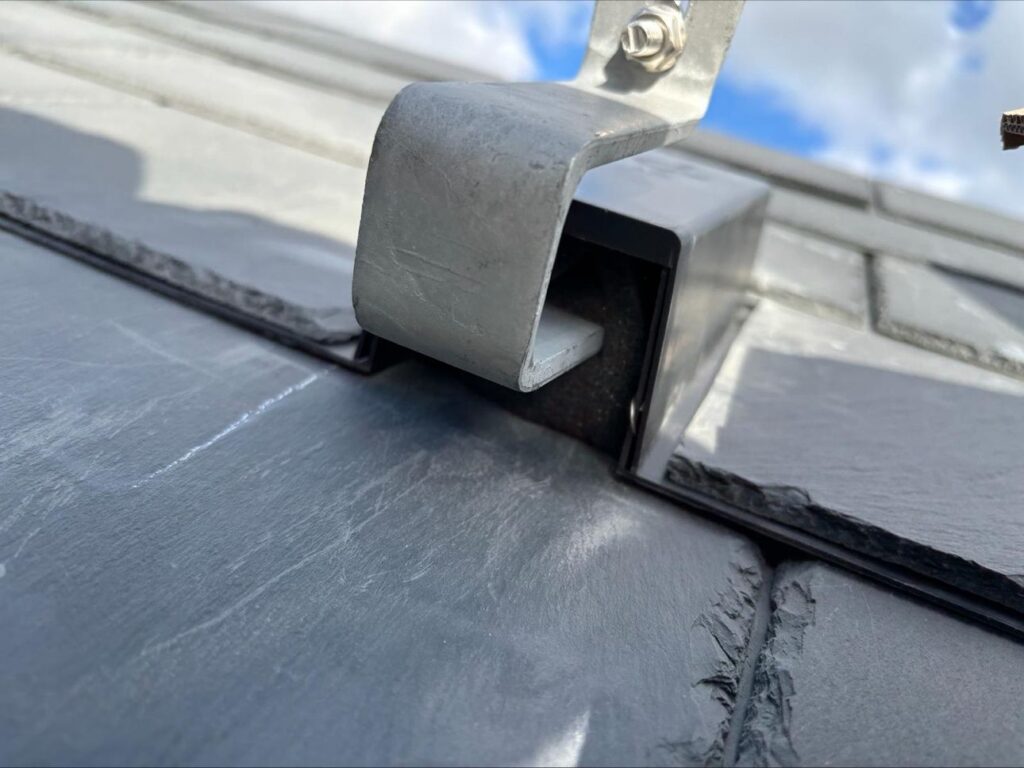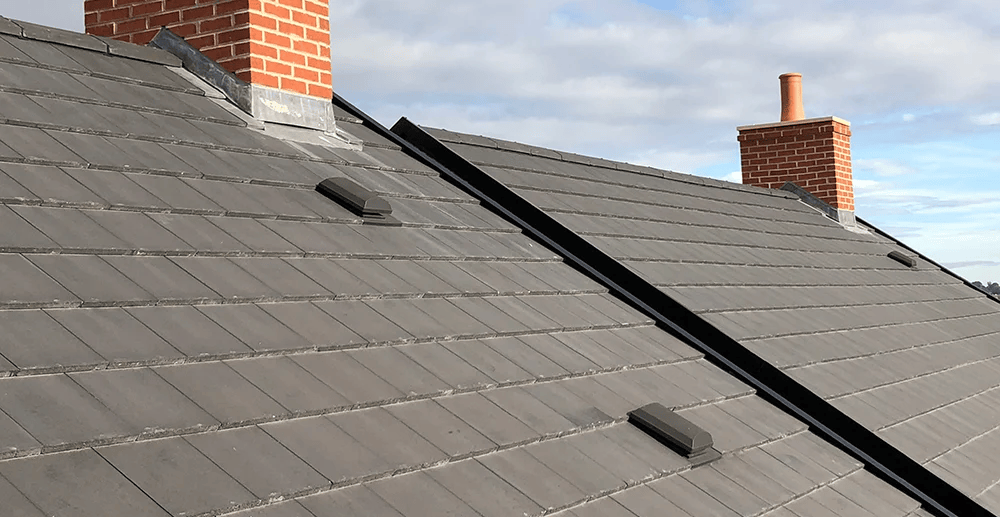Genius Roof Solutions explains how poor roofing practices continue to create persistent challenges within the solar industry.
Genius Roof Solutions (GRS) entered the solar industry in 2011, recognizing a significant gap between solar PV installers and the roofing expertise required. At that time, many installers, primarily electricians, lacked proper roofing knowledge, leading to widespread poor practices. GRS aimed to provide products that would help installers maintain roof integrity.
Initially, hangar bolts were commonly used, a practice GRS found concerning. This led to the development of the SolarFlash® concept, which provided a reliable, watertight solution. Since its introduction 14 years ago, SolarFlash® has not failed nor received a single complaint. While solar PV installation standards have improved, substandard work still occurs and poses a risk to industry confidence.
Is there a risk of regression in current solar installation practices?
Yes, there is a risk. Some installers continue to drill through slates, which is widely recognized as poor roofing practice. With the introduction of SpeedFlash® last year, there is no excuse to compromise on slate roof installations. Each bracket can be installed in under 2 minutes whilst negating the need for slate removal or drilling through the roofing material.
Why is drilling through slate a flat no for us?
Every slate or tile that has been drilled through is shaded by a large panel, therefore the roofing material and the bracket are subject to the same wet and damp conditions as a north facing roof. They are breeding grounds for moss spores.
Moss spores are one-celled reproductive units that become airborne and can make their way onto a roof. There they will gather in spaces between the shingles and grow into moss. Once established, it absorbs rainwater like a sponge and can grow and spread across the roof.
For this reason, we do not support drilling through roofing material or relying on silicone, mastic, rubber, or similar products as water seals. These solutions may last for a limited time, but there is a significant risk that moss spores will eventually compromise the seal, allowing water to penetrate the drill hole. Facebook has numerous examples of poor installations that installers have been called to repair the damage caused.
Should you just take our word for it?
We recently asked Stewart Rowles Mlor, Managing Director at Master Roofers UK what he thought about the practice of drilling a hangar bolt through slates. Stewart said;
“1. Relying on a rubber washer is a terrible idea
2. Overtightened bolts will undoubtedly crack slates
3. If the rafter isn’t exactly in the middle of the slate, even with a rubber washer the underneath slate will still leak.
Trouble is, a lot of solar installers are not roofers and want simple and easy solutions but they will definitely leak long term.
A rubber washer won’t last as long as slates so its totally unfit for purpose”.
Another important consideration is that installers cannot tell whether the slate has underneath has cracked, as it is not visible during installation. Issues such as this will often only become apparent when a homeowner reports a leak.
For tips and advice on how to fit solar the right way visit geniusroofsolutions.com or drop us a message on any of our social media platforms
The following images demonstrate the correct way to install solar using SolarFlash® and SpeedFlash® without requiring slate removal or drilling.
